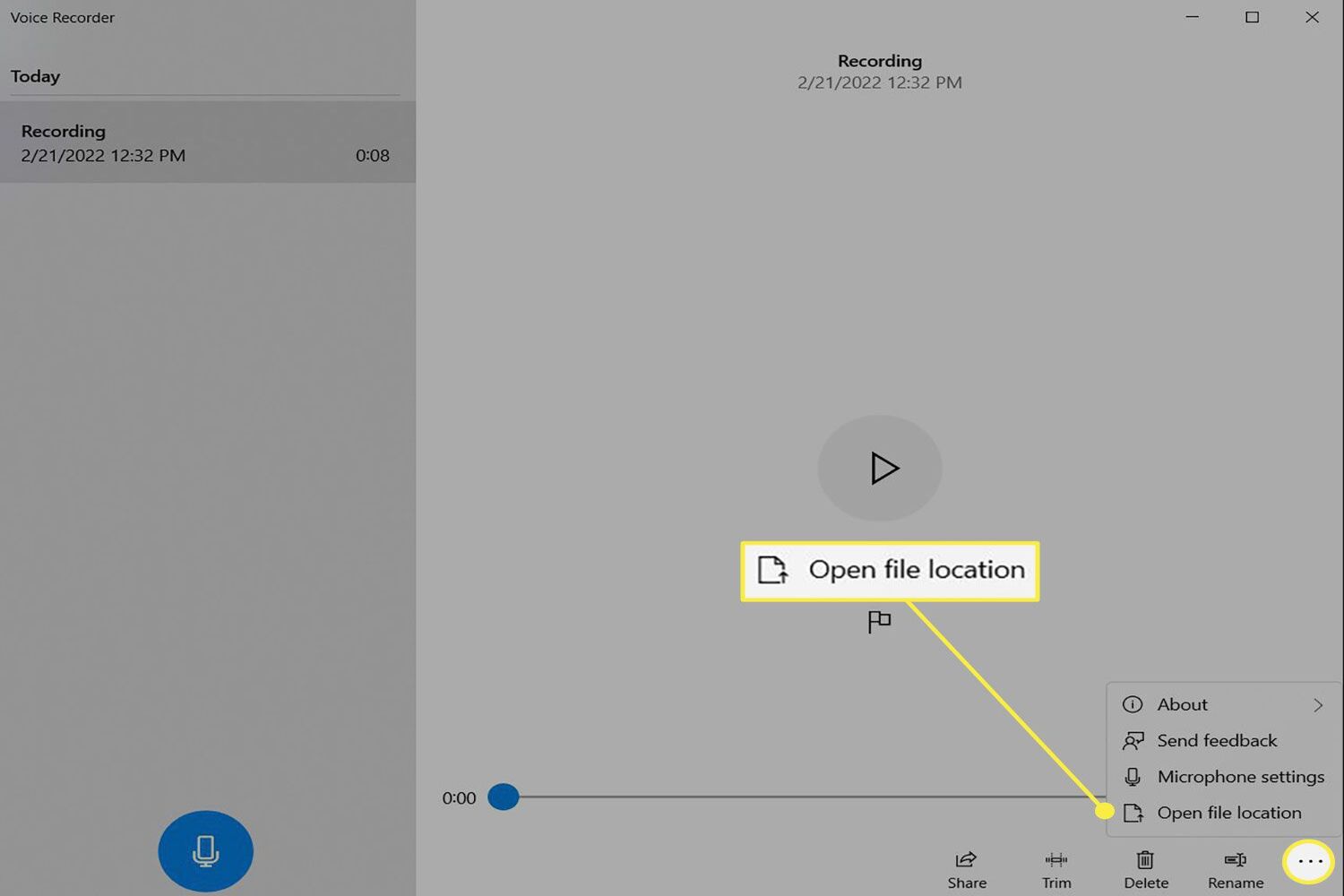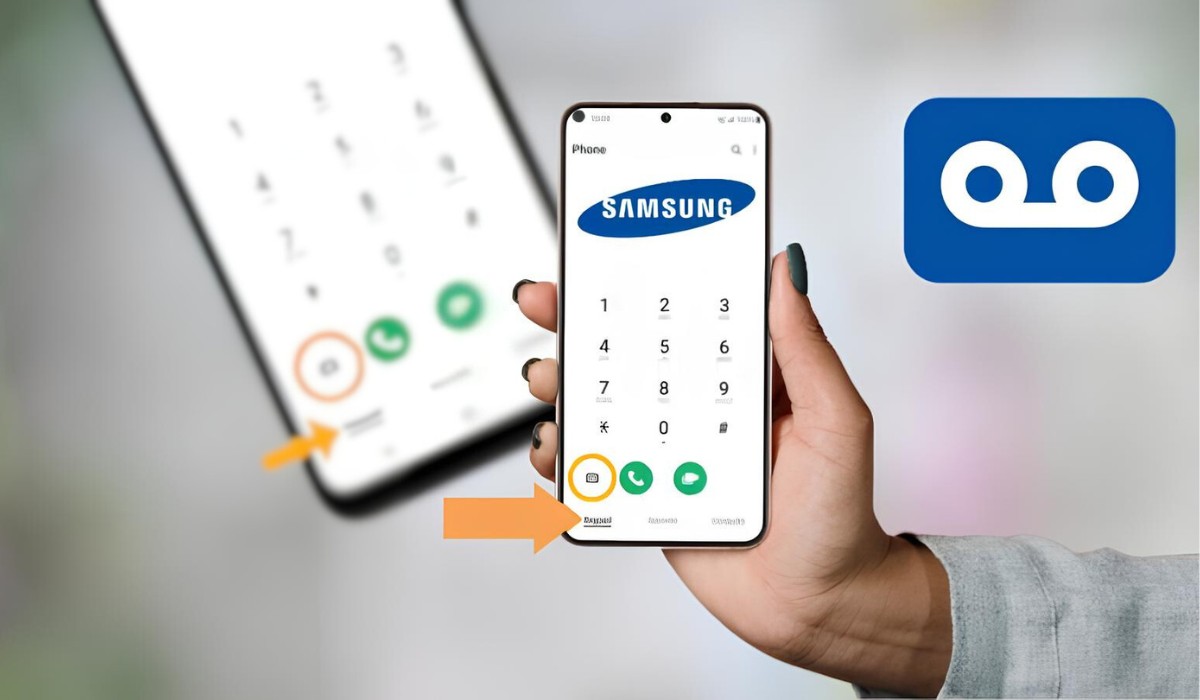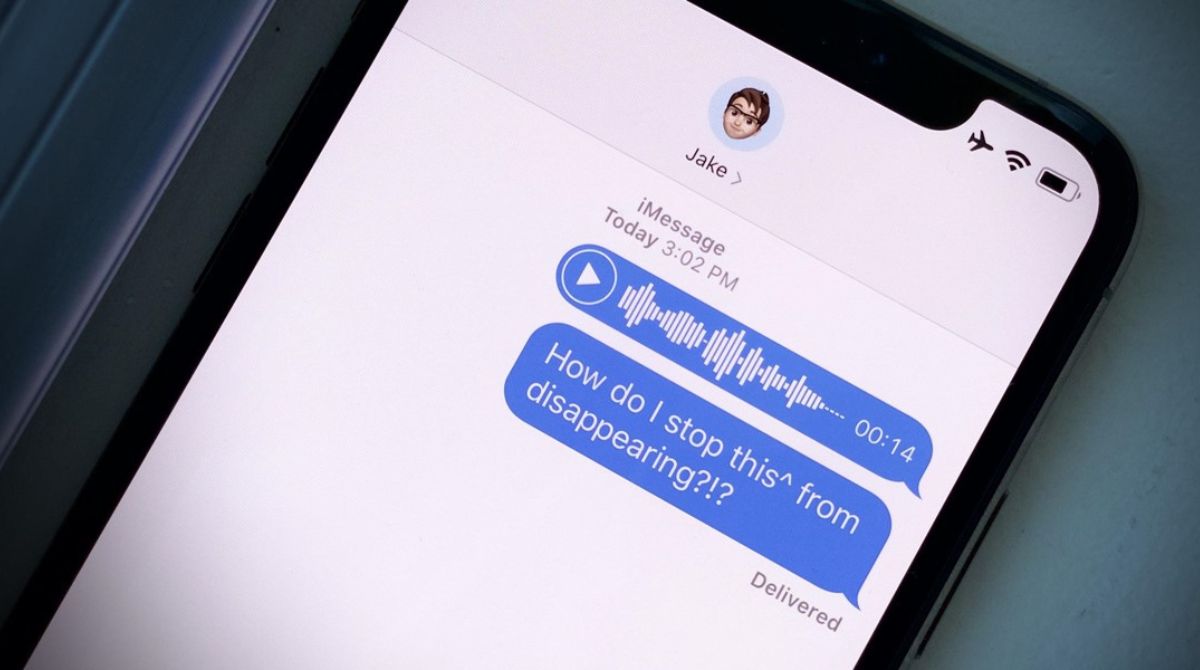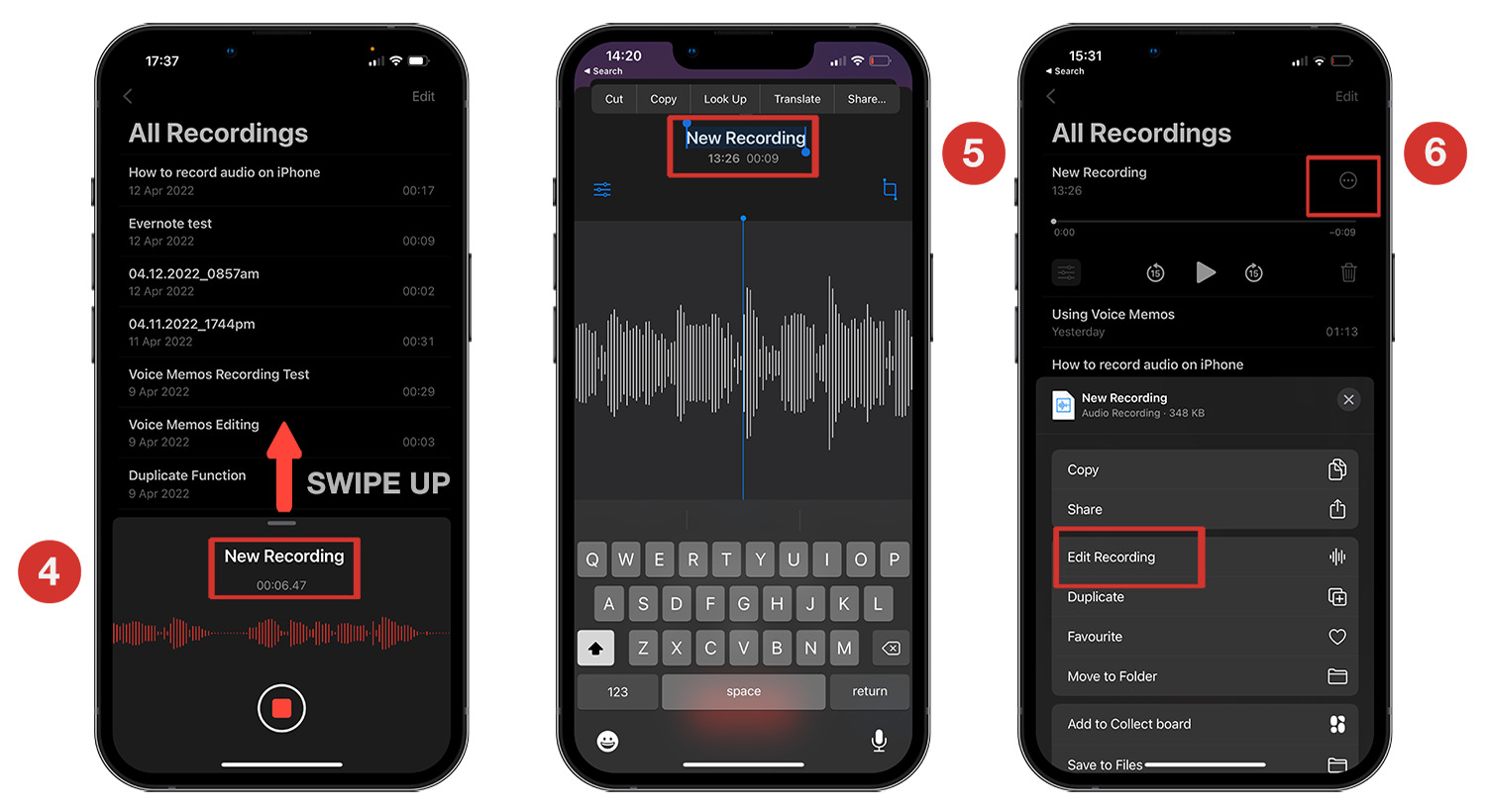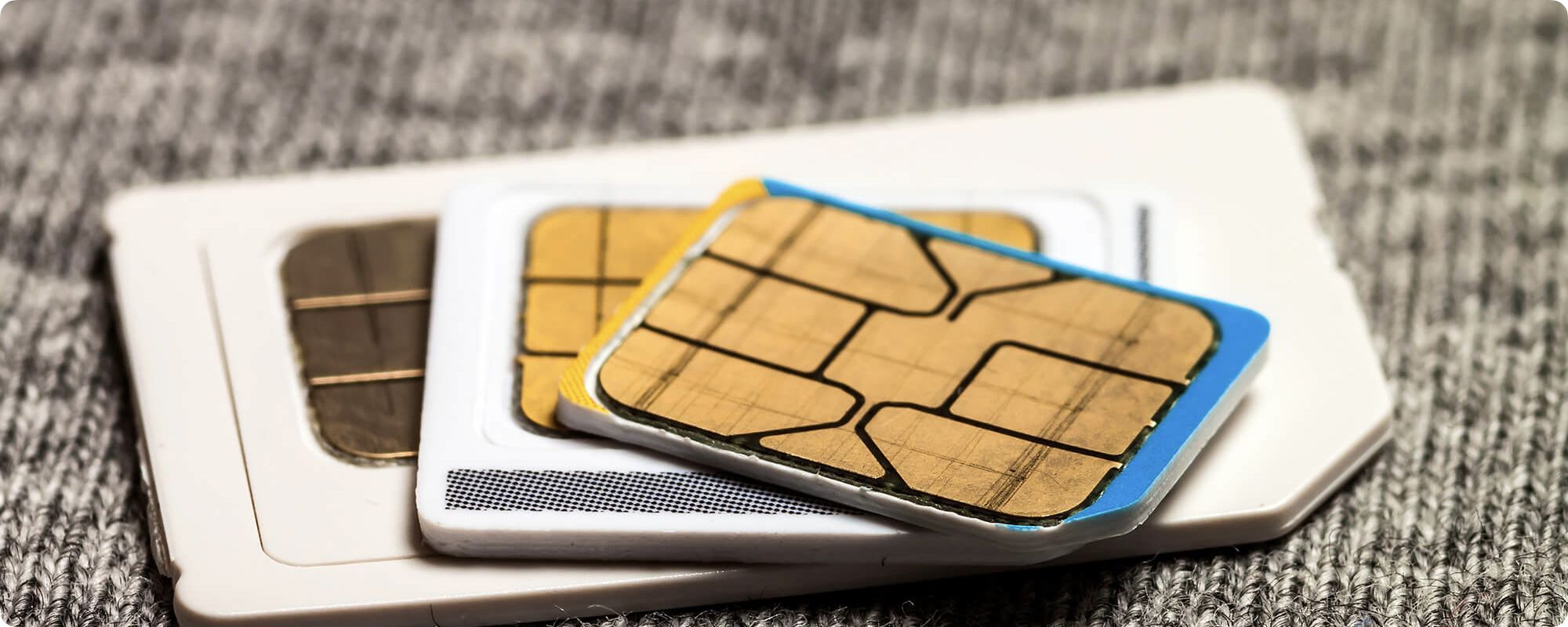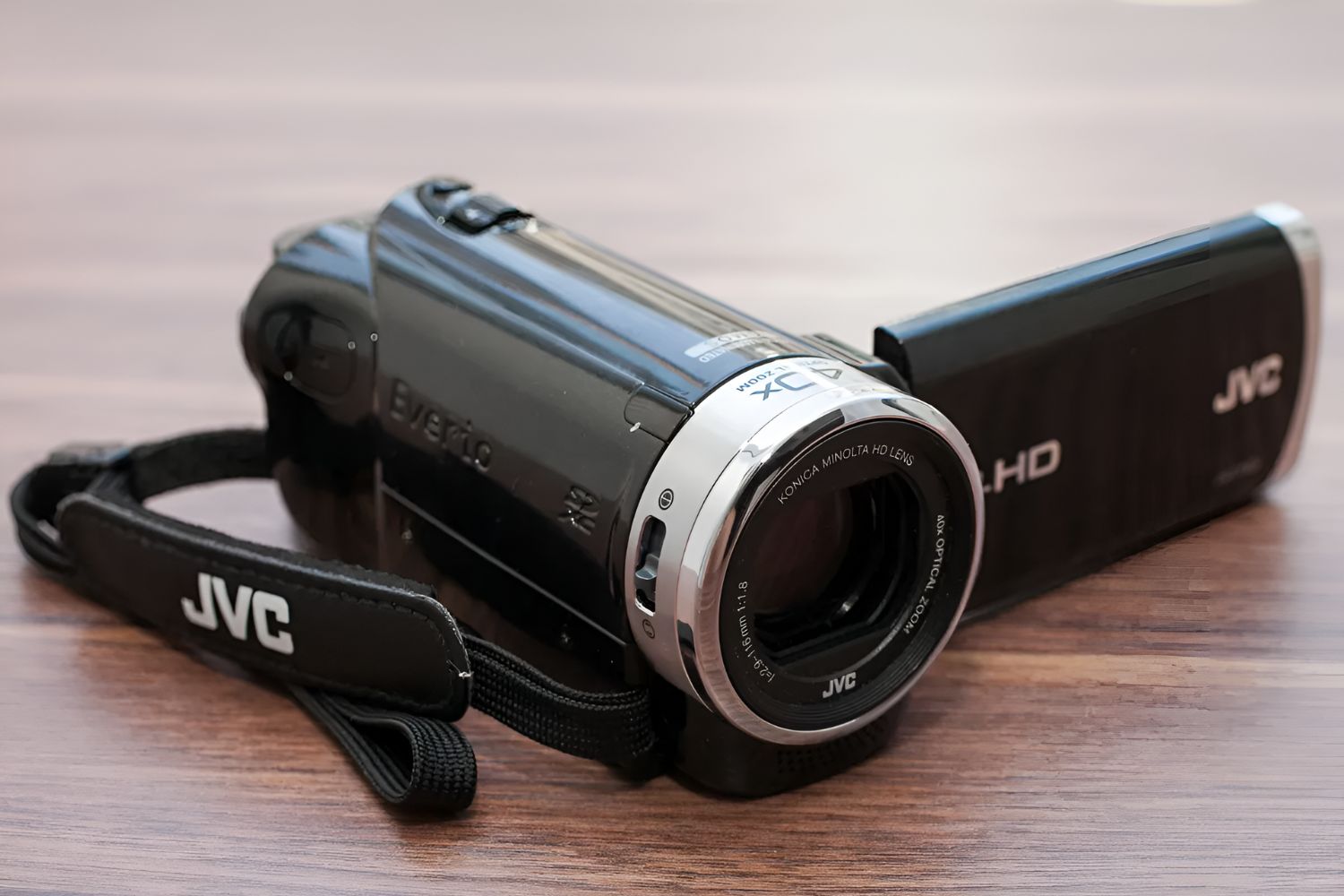Introduction
Welcome to our guide on how to recover deleted voice recorder data. Losing important recordings from your voice recorder can be a frustrating experience, especially if the content holds sentimental or crucial information. Fortunately, with the right approach, you can often recover deleted recordings and regain access to your valuable data.
Voice recorders are widely used for various purposes, including recording interviews, lectures, and personal memos. They provide a convenient way to capture audio information on the go. However, accidents happen, and files can be unintentionally deleted or lost due to various reasons.
In this article, we will explore different methods to recover deleted voice recorder data. We will discuss common reasons for data loss, backup options to consider, and step-by-step instructions for recovering deleted files. Whether you are using a digital voice recorder, a smartphone app, or any other recording device, this guide will help you retrieve your deleted audio files and minimize the loss of important information.
Now, without further ado, let’s dive into the world of voice recorder data recovery and learn how to successfully retrieve your lost files.
Understanding Voice Recorder Data Recovery
Voice recorder data recovery refers to the process of retrieving deleted or lost audio files from your recording device. It involves utilizing specialized techniques and tools to recover and restore the deleted data. Understanding the basics of voice recorder data recovery can help you make informed decisions and successfully recover your important recordings.
When you delete a file from your voice recorder, it is not immediately removed from the device’s storage. Instead, the deleted file is marked as “available space” for new data to be written. Until new data overwrites the deleted file, it is still recoverable. This concept forms the basis of most data recovery methods.
There are several factors that affect the success of voice recorder data recovery. One crucial factor is the amount of time that has passed since the file was deleted. The longer you wait to attempt recovery, the higher the chance that the data will be overwritten and permanently lost.
Another important factor is the type of storage media used in your voice recorder. Different devices use different storage formats, such as internal memory, SD cards, or external hard drives. Each storage medium has its own recovery methods and techniques.
It’s worth noting that not all voice recorder data recovery attempts are guaranteed to be successful. Some factors, such as severe physical damage to the device or encryption of the data, may make recovery extremely difficult or impossible. In such cases, it may be necessary to consult professional data recovery services.
In the next sections, we will explore different methods and techniques for voice recorder data recovery. We’ll provide step-by-step instructions to help you recover your deleted audio files and increase the chances of a successful recovery.
Common Reasons for Voice Recorder Data Loss
Voice recorder data loss can occur due to various reasons. Understanding the common causes can help you take precautionary measures to prevent data loss in the future. Below are some of the most frequent causes of voice recorder data loss:
- Accidental Deletion: One of the most common reasons for data loss is accidental deletion. You might mistakenly delete important recordings when trying to delete unwanted files or when navigating through your voice recorder’s menu. Always double-check before deleting any file to prevent accidental data loss.
- Hardware Malfunction: Voice recorders, like any electronic device, can experience hardware malfunctions. This includes issues with the internal memory, SD cards, or the device itself. Malfunctions can lead to data corruption and loss of recorded files.
- File System Corruption: File system corruption can occur due to software bugs, improper handling of the device, or sudden power outages. When the file system becomes corrupted, it can render the recorded files inaccessible or cause them to be deleted unintentionally.
- Virus or Malware Attack: Voice recorders that connect to computers or other devices for file transfer are susceptible to virus or malware attacks. These malicious programs can corrupt or delete files on the voice recorder, including your important audio recordings.
- Formatting or Factory Reset: Performing a formatting operation or a factory reset on your voice recorder can lead to complete data loss. It is crucial to have backups of your recordings before performing any such operation, as it erases all data on the device.
To minimize the risk of data loss, it is essential to be cautious when handling your voice recorder and practice good data management habits. In the upcoming sections, we will explore backup options and recovery methods to help you retrieve your lost audio files.
Backup Options for Voice Recorder Data
Having a backup of your voice recorder data is essential to prevent permanent loss in case of accidental deletion, device failure, or other unforeseen circumstances. Luckily, there are several backup options available to ensure the safety of your important audio recordings. Here are some effective backup strategies:
- Cloud Storage: Cloud storage services like Google Drive, Dropbox, or iCloud provide a convenient and secure way to back up your voice recorder data. By uploading your audio files to the cloud, you can access them from any device with an internet connection and easily restore them if needed. Make sure to choose a reliable cloud storage provider with adequate storage space to accommodate your recordings.
- External Storage Devices: Another backup option is to use external storage devices such as USB flash drives or external hard drives. Connect your voice recorder to the storage device and transfer your recordings regularly. This ensures that even if your voice recorder malfunctions or gets lost, you will still have a copy of your data.
- Computer Backup: Syncing your voice recorder with your computer is a simple yet effective backup method. Connect your device to your computer via USB and transfer the recordings to a designated folder. Regularly back up this folder to an external hard drive or cloud storage to ensure the safety of your files.
- Backing up to Multiple Locations: To add an extra layer of protection, consider backing up your voice recorder data to multiple locations. This could include both cloud storage and external storage devices. By having multiple copies of your recordings in different locations, you decrease the chances of permanent data loss.
- Scheduling Regular Backups: Set a schedule to regularly back up your voice recorder data. This ensures that you don’t forget to create backups and reduces the risk of losing recent recordings. You can set reminders or use backup software to automate the process and make it more convenient.
Remember, prevention is always better than cure when it comes to data loss. By implementing a backup strategy that works best for you, you can safeguard your valuable voice recorder data and minimize the impact of any unforeseen events. In the following sections, we will discuss different methods to recover deleted voice recorder data and restore it from your chosen backup option.
Method 1: Using a Data Recovery Software
One of the most common and effective methods to recover deleted voice recorder data is by using specialized data recovery software. These tools can scan your device’s storage and retrieve deleted files, including audio recordings. Here’s a step-by- step guide on using data recovery software:
- Choose a Reliable Data Recovery Software: Start by researching and selecting a reputable data recovery software that supports voice recorder file formats. Look for software specifically designed for audio file recovery to maximize the chances of successful retrieval.
- Connect Your Voice Recorder to a Computer: If your voice recorder can be connected to a computer via USB or any other means, make sure it is properly connected before proceeding with the data recovery process.
- Install and Open the Recovery Software: Install the chosen data recovery software on your computer and launch it. Follow the instructions provided by the software to ensure proper installation.
- Select the Voice Recorder Storage for Scanning: Once the software is open, you will be prompted to select the storage location of your voice recorder. Choose the appropriate device or drive and proceed to the next step.
- Initiate the Scan: Start the scanning process by clicking on the “Scan” button or selecting the appropriate scan mode (quick scan or deep scan). The software will then analyze the storage and search for deleted voice recorder data.
- Preview and Recover the Deleted Voice Recorder Data: After the scan is complete, the software will display a list of recoverable files. Take advantage of any preview functionality to verify the quality and content of the deleted voice recorder files. Select the files you want to recover and click on the “Recover” button to restore them to a safe location on your computer.
- Transfer the Recovered Files Back to Your Voice Recorder: Once the files are successfully recovered and saved on your computer, you can transfer them back to your voice recorder using the appropriate file transfer method (USB, Wi-Fi, etc.) as per your device’s specifications.
It is important to note that the success of data recovery using software may vary depending on several factors, such as the elapsed time since deletion and the degree of storage fragmentation. Therefore, it’s recommended to attempt data recovery as soon as possible and avoid using the voice recorder until the recovery process is completed.
Remember to always read and follow the instructions provided by the data recovery software to ensure a smooth and successful recovery process. In the next section, we will explore another method to recover deleted voice recorder data, this time by utilizing a device backup.
Method 2: Recovering from Device Backup
If you have previously created a backup of your voice recorder data, recovering deleted recordings can be as simple as restoring from the backup. Here’s a step-by-step guide on recovering deleted voice recorder data from a device backup:
- Identify Your Backup Source: Determine where your voice recorder data backup is stored. It could be on a computer, an external storage device, or in the cloud.
- Connect Your Backup Source: Connect the backup source to the computer or device from which you want to recover the deleted voice recorder data. This could be done via a USB cable, Wi-Fi, or by signing in to your cloud storage account.
- Locate the Backup Files: Once the backup source is connected, navigate to the appropriate location where your voice recorder data is stored. This could be a specific folder or directory on your computer, an external storage device, or within the cloud storage interface.
- Select and Restore Deleted Voice Recorder Data: Depending on the backup method you used, you may need to locate the specific backup file or folder that contains your deleted voice recordings. Once located, select the files or folder and initiate the restore process. Follow the on-screen instructions provided by the backup software or the cloud storage interface to restore the files to their original location on your voice recorder or a designated folder on your computer.
- Verify and Test Restored Recordings: After the restore process is complete, verify that the deleted voice recordings have been successfully restored. Play the restored files on your voice recorder or transfer them to your computer for playback. Make sure to check that the recovered files are in good condition and contain the desired audio content.
Ensure that you regularly create backups of your voice recorder data to minimize the risk of permanent data loss. Whether it’s backing up to a computer, external storage device, or utilizing cloud storage services, having a backup strategy in place is crucial.
Please note that this method assumes that you have a recent and complete backup of your voice recorder data. If you don’t have a backup or if the backup does not include the deleted recordings, you may need to consider using other recovery methods, such as data recovery software or seeking professional help.
In the next section, we will discuss another alternative for recovering deleted voice recorder data – seeking professional assistance.
Method 3: Seeking Professional Help
If you are unable to recover deleted voice recorder data using data recovery software or from a device backup, or if the situation involves complex data loss scenarios, it may be time to seek professional assistance. Data recovery professionals have the expertise, specialized tools, and techniques to recover data from various storage devices, including voice recorders. Here’s how you can go about seeking professional help:
- Research and Choose a Reputable Data Recovery Service: Start by researching reputable data recovery service providers with experience in recovering data from voice recorders or similar devices. Look for professionals who have a track record of successful recoveries and positive customer reviews.
- Contact the Chosen Data Recovery Service: Reach out to the selected data recovery service and explain your situation. Provide as much detail as possible about the voice recorder model, the type of data loss, and any previous recovery attempts. They will guide you through the next steps.
- Ship or Hand Over the Voice Recorder for Evaluation: Depending on the data recovery service’s instructions, you will need to ship your voice recorder or hand it over to their facility for evaluation. Follow their packaging and shipping guidelines to ensure the safe transportation of your device.
- Data Recovery Evaluation and Quote: The data recovery service will evaluate the condition of your voice recorder and assess the recoverability of your deleted recordings. Based on this evaluation, they will provide you with a quote outlining the cost and the estimated chances of successful recovery.
- Approval and Recovery Process: If you agree with the quote, give your approval to proceed with the data recovery process. The professionals will use their specialized tools and techniques to recover the deleted voice recorder data from your device’s storage.
- Verification and Delivery of Recovered Data: Once the data recovery process is complete, the service will provide you with the recovered voice recordings. Verify the recovered files to ensure their integrity and accuracy. They may be delivered to you on a new storage device or transmitted digitally, depending on the service provider’s practices.
Professional data recovery services can be a reliable option when other methods fail or if you are dealing with complex data loss scenarios. However, it’s important to note that data recovery services can be expensive, and there is no guarantee of a successful recovery.
In summary, seeking professional help should be considered as a last resort when standard recovery methods prove unsuccessful or when the data loss situation demands specialized expertise. In the next section, we will provide some useful tips to prevent voice recorder data loss in the first place.
Tips to Prevent Voice Recorder Data Loss
Preventing voice recorder data loss is crucial to ensure the safety and accessibility of your important audio recordings. By implementing these tips and best practices, you can minimize the risk of data loss and protect your valuable voice recorder data:
- Regularly Back Up Your Data: Create a backup routine and regularly back up your voice recorder data to a secure location. This can be done using external storage devices, cloud storage services, or computer backups. Make sure to choose a reliable and convenient backup method that suits your needs.
- Double-Check Before Deleting: Before deleting any files from your voice recorder, double-check and verify that you are deleting the right files. Taking a moment to confirm your actions can prevent accidental deletion of important recordings.
- Protect Your Voice Recorder: Safeguard your voice recorder from physical damage, exposure to water or extreme temperatures, and any potential drops. Keep it in a protective case when not in use and handle it with care to avoid any hardware malfunctions that can lead to data loss.
- Update Firmware and Software: Keep your voice recorder’s firmware and associated software up to date. Manufacturers often release updates that may include important bug fixes and security patches, which can help prevent data loss due to software or system vulnerabilities.
- Use Trusted Antivirus Software: Install reputable antivirus software on your computer to protect it from virus or malware attacks. Regularly scan your voice recorder for any potential threats when connected to your computer for file transfers. This reduces the risk of data corruption or deletion caused by malicious programs.
- Avoid Overloading Storage: Avoid filling up your voice recorder’s storage to its maximum capacity. This could lead to storage fragmentation and increase the chances of data corruption or loss. Always leave enough free space for smooth operation and to avoid potential issues.
- Handle Battery Issues: Keep an eye on your voice recorder’s battery status and replace or recharge it as needed. Abrupt shutdowns due to low battery can result in data corruption or loss. Regularly check and maintain the battery to ensure reliable performance and prevent unexpected data loss.
By following these tips, you can significantly reduce the risk of voice recorder data loss and preserve your important audio recordings. Remember to be proactive about data protection and take regular steps to safeguard your voice recorder and its contents.
Now that you’re equipped with preventive measures, it’s time to put them into practice and ensure the safety of your voice recorder data.
Conclusion
In this guide, we have explored various methods to recover deleted voice recorder data. We discussed the importance of understanding voice recorder data recovery and the common reasons for data loss. We also explored backup options, including cloud storage, external devices, and computer backups, to prevent data loss in the first place.
We then delved into three methods for recovering deleted voice recorder data. Using data recovery software can often be a reliable solution, provided that the data has not been overwritten. Recovering from a device backup is another effective option if you have a recent and complete backup available. Finally, seeking professional help can be a viable solution for complex data loss scenarios.
To prevent voice recorder data loss, we provided useful tips such as regularly backing up your data, double-checking before deleting files, protecting your device from physical damage, and keeping your firmware and software up to date.
Remember, the key to successful data recovery is to act promptly and avoid further use of the voice recorder until the files are recovered. Additionally, implementing a robust backup strategy is critical to safeguarding your valuable audio recordings.
By following the techniques and recommendations outlined in this guide, you can increase the chances of recovering deleted voice recorder data and protect against future data loss. Whether you’re dealing with accidental deletion, hardware malfunctions, or other unforeseen circumstances, taking proactive measures will help ensure that your important audio recordings are preserved and accessible when you need them most.
Now it’s up to you to put these insights into practice and safeguard your voice recorder data. Stay proactive, stay cautious, and enjoy the peace of mind that comes with knowing your recordings are secure.









